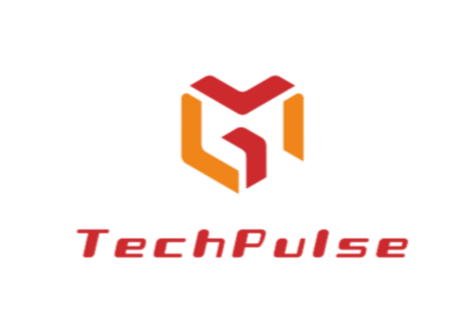Maintenance
Laser Equipment Maintenance and Care Guide
Proper maintenance of laser equipment is essential to ensure long-term stable operation, extend service life, and maintain optimal performance. Below is a comprehensive guide for laser system upkeep, though specific procedures should always follow the manufacturer’s manual for your particular model.
1. Routine Maintenance
● Optical Component Cleaning
Regularly clean lenses, mirrors, output windows, and other optical surfaces using lint-free wipes and anhydrous ethanol (note: coated optics may require specialized cleaning solutions).
(1) Avoid direct contact with optical surfaces to prevent oil contamination.
(2) Use dust covers when the laser is not in use to minimize particle accumulation.
● Cooling System Inspection
Cooling System Inspection:
(1) Replace coolant periodically (use deionized water or manufacturer-approved fluid).
(2) Check for leaks in tubing and clean filters.
Air-cooled lasers:
Clean cooling fans and vents to ensure unobstructed airflow.
● Environmental Control
(1) Maintain stable ambient temperature (typically 15–25°C) and humidity (40–60% RH) to prevent condensation or overheating.
(2) Minimize vibration and electromagnetic interference in the operating area.
2. Periodic Inspections
● Laser Power Supply & Electrical Components
(1) Inspect power cables and grounding for integrity; avoid voltage fluctuations.
(2) The laser output power stability should be tested regularly, and calibration or maintenance should be performed when abnormal
● Beam Path Calibration
(1) Check for beam misalignment (especially in CO₂ or fiber lasers) and adjust mirrors/focusing lenses as needed.
(2) Use infrared viewing cards or beam profilers for precise alignment.
● Mechanical Components
(1) Check the lubrication of moving parts (e.g., galvanometer, guide rail), and add special lubricants if necessary.
(2) Tighten loose screws or mounting brackets.
3. Critical Component Lifespan Management
● Laser Source
(1) Gas lasers (e.g., CO₂): Replace gas periodically; inspect electrode wear.
(2) Solid/fiber laser: Note the pump source life (e.g., diode pump source is usually about 100,000 hours).
(3) Semiconductor laser: avoid overload and monitor heat dissipation.
● Replacement of consumables
(1) Replace aging O-rings, filters, cooling fans, and other wear-prone parts.
(2) Log operating hours of critical components for proactive replacement scheduling.
4. Safety Precautions
● Protective Measures
(1) When operating, wear special laser protective glasses to avoid direct view of the beam or reflected light.
(2) Ensure that the device interlock and safety switch work normally.
● Power-Off Maintenance
(1) Be sure to turn off the power supply before cleaning or maintenance, and discharge is complete (especially for high voltage components).
(2) Components such as capacitors may remain high voltage and need professional discharge.
